 Winter • 2022 Winter • 2022 |
In this Issue: |
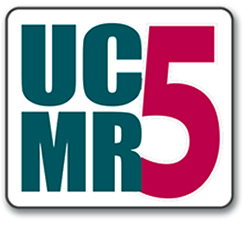 |
EPA holds public webinars on UCMR 5 final rule EPA will host two identical virtual meetings via webinar after the publication of the final UCMR 5 to provide public water systems (PWSs), states, laboratories, and other stakeholders with a comprehensive overview of the UCMR 5 program. The meetings will address: a general introduction to the UCMR program, PWSs subject to UCMR 5 requirements, the analytes to be monitored, monitoring locations and frequency, reporting requirements, groundwater representative monitoring plans (GWRMPs), and the laboratory approval program. Click one of these links to go directly to a registration page: March 16, 2022 from 9:00 a.m. to 12:30p.m., eastern time March 17, 2022 from 1:00 to 4:30p.m., eastern time If stakeholder interest exceeds the maximum number of available connections for participants in the first two webinars, EPA may schedule additional webinars with dates and times posted on EPA’s Unregulated Contaminant Monitoring Program Meetings and Materials webpage at https://www.epa.gov/dwucmr/unregulated-contaminant-monitoring-rule-ucmr-meetings-and-materials. |
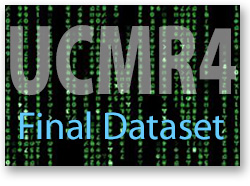 |
Final UCMR 4 national data summary published On February 18, EPA posted the final set of sample results and a national data summary from the Fourth Unregulated Monitoring Rule (UCMR 4). UCMR 4 required all large public water systems (PWSs) and a representative subset of small PWSs to monitor for 30 different contaminants, which included metals, cyanotoxins, pesticides, brominated disinfection byproducts, alcohols, and semi-volatile organic chemicals. The sampling took place between 2018 and 2020, and the data represent sample results received as of December 31, 2021. Data are available for ~3,500-5,000 PWSs (depending on the analyte) for a total number of ~933K sample results. The dataset also includes sample results for water quality parameters, such as total organic carbon and bromide, associated with the disinfection byproducts. UCMR 4 is the fourth iteration of the Unregulated Contaminant Monitoring Rule (UCMR) program to collect nationally representative data for contaminants suspected to be present in drinking water, but that do not have regulatory standards. Every five years EPA develops a new list of UCMR contaminants, largely based on the Contaminant Candidate List (CCL). State and local officials may also use UCMR data to assess the need for actions to protect public health. When evaluating UCMR data, State and local officials should consider the following limitations:
This dataset represents the final NCOD release of UCMR 4 analytical results. Before conducting your own assessment of the data, review the “Data Considerations” section in the EPA summary. |
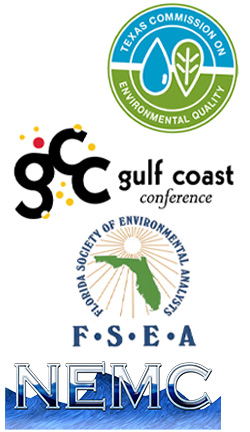 |
On the road again. Again. This time last year we anticipated being able to return to the road in full, visiting customers and prospects as well as attending trade shows; but Omicron had other ideas. This year, we’re happy to say, QEC marketing managers will be making the rounds in their respective territories for the first time since 2019. (To venues where visits are permitted, of course). Also in 2022, despite Pittcon’s cancellation, QEC is headed for a full slate of appearances at some of the most pretigious conferences and expos in the country. We look forward to reconnecting with old friends and meeting some new ones. Hope to see you out there.
For more information, or to book an appointmernt with our staff at one of these events, please contact QEC's Customer Service Team. |
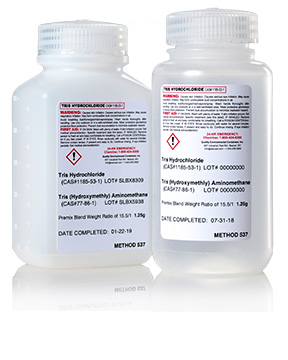 |
QEC containers best choice for PFAS sampling Whether sampling under EPA methods 537.1 or 533, or the one of the several alternative methods in use today, QEC has the right container and the right preparation for your PFAS sampling requirements. Q-Seal™and UltraLab™ containers are trusted by labs everywhere for reliable performance in the field and in the laboratory. QEC’s expert technicians will prepare your preservatives and your containers to exact specifications. EPA Methods 533 and 537.1: Alternative Methods (using HDPE): Please contact our customer service team for more information on how QEC can support your PFAS sampling program. |
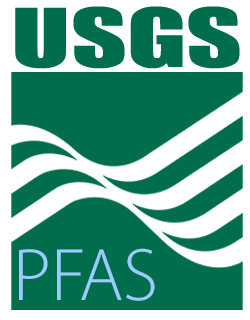 |
Using USGS data to detect probable PFAS Existing data from the US Geological Survey may be useful in preliminary identification of areas of likely PFAS groundwater contamination. In 2019, 254 samples were collected from five aquifer systems to evaluate PFAS occurrence in groundwater used as a source of drinking water in the eastern United States. The samples were analyzed for 24 PFAS, as well as major ions, nutrients, trace elements, dissolved organic carbon (DOC), volatile organic compounds (VOCs), pharmaceuticals, and tritium. Fourteen of the 24 PFAS were detected in groundwater, with 60% of public supplies and 20% of domestic wells containing at least one PFAS detection. Concentrations of tritium, chloride, sulfate, DOC, and manganese+iron; percent urban land use within 500 m of the wells; and VOC and pharmaceutical detection frequencies were significantly higher in samples containing PFAS detections than in samples with no detections. Considerations of land-use variables show that tritium concentration, distance to the nearest fire-training area, percentage of urban land use, and DOC and VOC concentrations are the top five predictors of PFAS detections. This is consistent with hydrologic position, geochemistry, and land use being important controls on PFAS occurrence in groundwater. These model results indicate it may be possible to predict PFAS detections in groundwater using existing data sources. Sources: ASDWA News, USGS |
| © 2022 | Quality Environmental Containers, Inc. |

